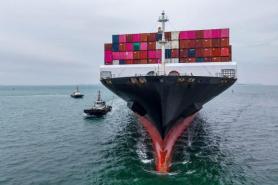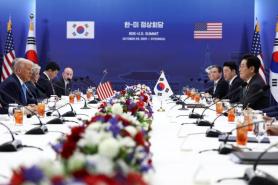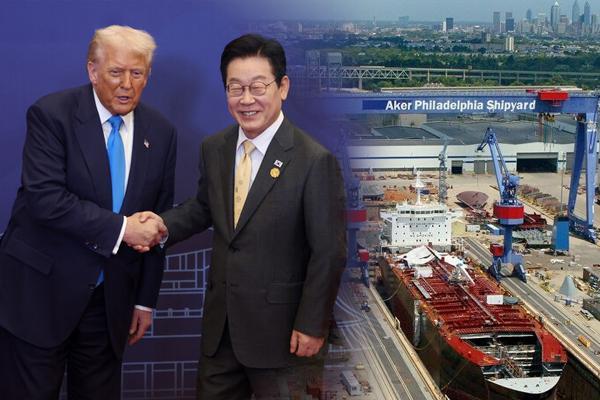
The electronically signed MoU positions South Korea not merely as a trading partner but as a core U.S. collaborator in industrial development.
Under the agreement, Korea pledges roughly $350 billion in investments into the U.S. economy, including $150 billion dedicated to shipbuilding. The remaining $200 billion will be directed toward "commercially reasonable" strategic investments in critical U.S. sectors — energy, semiconductors, pharmaceuticals, critical minerals and artificial intelligence.
In return, the United States will lower reciprocal tariffs on Korean exports, reducing the baseline rate from 25 percent to 15 percent as of Aug. 7.
Shipbuilding at the center of the new partnership
The shipbuilding component will channel Korean investment into modernizing America's shipbuilding base — from U.S. shipyard upgrades to workforce development. Both nations will operate a working group to coordinate maintenance, repair and overhaul (MRO), workforce training, and supply-chain resilience efforts.
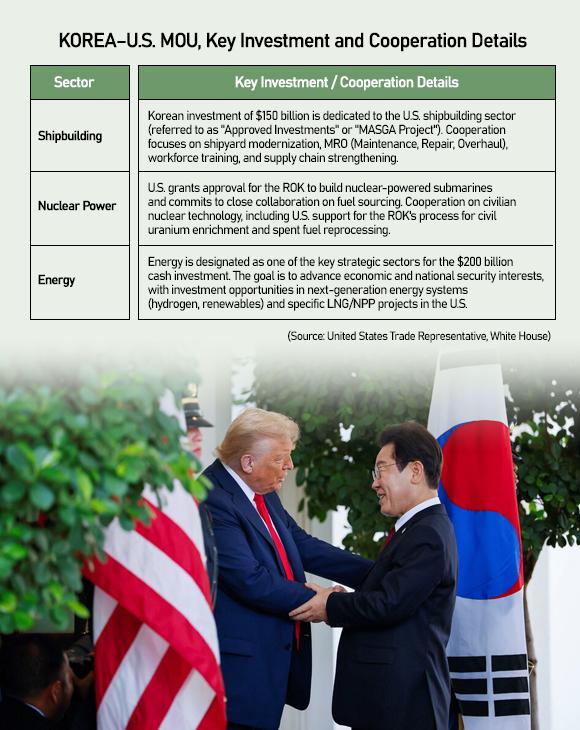
The MoU states that the partnership will increase the number of both U.S. commercial ships and combat-ready military vessels, including the potential construction of U.S. ships in Korea.
In practice, cooperation is already underway. Hanwha Ocean became the first Korean shipbuilder to secure a U.S. Navy maintenance contract and has taken part in multiple repair projects, including for the dry cargo ship Charles Drew, scheduled for completion by January. Its $100 million acquisition of Philly Shipyard last year has become a symbolic flagship of the "Make American Shipbuilding Great Again" initiative.
HD Hyundai Heavy Industries won a maintenance contract in August for the 41,000-ton USNS Alan Shepard and is preparing to merge with HD Hyundai Mipo by Dec. 1 to boost operational flexibility. Mipo was acquired in 2002 but maintained separately until now.
Korean shipbuilders form the backbone of the deal due to their global track record.
"Korean shipbuilders' combined orders are expected to reach $38.8 billion next year, up 10 percent from this year, driven by LNG carriers, tankers and special-purpose vessels," said Jung Yeon-seung, analyst at NH Investment & Securities.
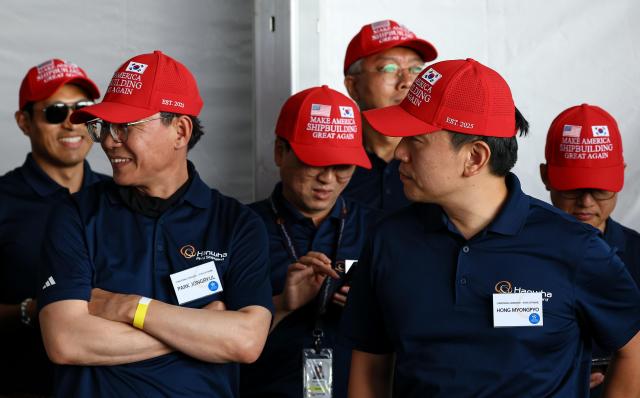
He added that rising global demand for warships could extend earnings momentum beyond 2028 if Korean yards secure major naval programs.
Nuclear-powered submarine pathway opens
In a significant show of confidence, Washington publicly endorsed Korea's plan to build nuclear-powered attack submarines and committed to working closely with Seoul on fuel sourcing and other requirements.
While former President Donald Trump initially claimed the submarine would be delivered from Hanwha's Philadelphia Shipyard, industry officials say construction would likely be led in Korea, though details remain under review.
Hanwha Ocean is Korea's most experienced submarine builder, having developed diesel-electric technology through the KSS series — from Changbogo-class vessels to the Changbogo-III Batch-I and Batch-II.
Its 3,600-ton Jang Young-sil, launched in October and set for Navy delivery by late 2027, features a design that allows conversion to nuclear propulsion.
HD Hyundai Heavy Industries has also secured successive orders for six Changbogo-II vessels and one Changbogo-III Batch-I submarine. It recently signed an MoU with Peru for joint development of next-generation submarines.

During visits to both Hanwha and HD Hyundai facilities in Geoje and Ulsan on Nov. 15, U.S. Navy Chief Adm. Daryl Caudle underscored the strategic implications.
"As they say in the movie Spider-Man, with great power comes great responsibility," Caudle said. "There will be a responsibility for Korea to deploy those submarines globally and move away from being just a regional navy."
He added that Washington expects South Korea to play a prominent role in strengthening American shipbuilding capacity.
The United States also explicitly backed Korea's path toward civil uranium enrichment and spent-fuel reprocessing for peaceful purposes, provided Seoul adheres to the bilateral 123 agreement and relevant U.S. legal requirements.
Copyright ⓒ Aju Press All rights reserved.


